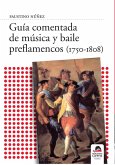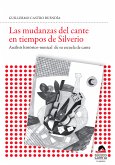The book's journey begins with African rhythmic foundations that influenced Caribbean dance styles, traces the emergence of son, rumba, and mambo in Cuba, and follows their evolution through Puerto Rico to New York's Latino communities. What sets this work apart is its multifaceted approach, combining traditional dance historiography with ethnomusicology and social anthropology. Previously unpublished photographs and original interviews with salsa pioneers provide readers with unique insights into regional style variations and technical developments.
Structured in four main sections, the text progresses from historical foundations through technical evolution and music-movement relationships, culminating in an analysis of modern global salsa communities. While maintaining academic rigor, the book remains accessible to both scholars and dedicated practitioners, offering practical insights for dancers and instructors while addressing complex issues like style authenticity and cultural appropriation. This balanced approach makes it an invaluable resource for understanding salsa's technical evolution and its profound role in cultural identity and artistic expression.
Dieser Download kann aus rechtlichen Gründen nur mit Rechnungsadresse in A, B, BG, CY, CZ, D, DK, EW, E, FIN, F, GR, H, IRL, I, LT, L, LR, M, NL, PL, P, R, S, SLO, SK ausgeliefert werden.









